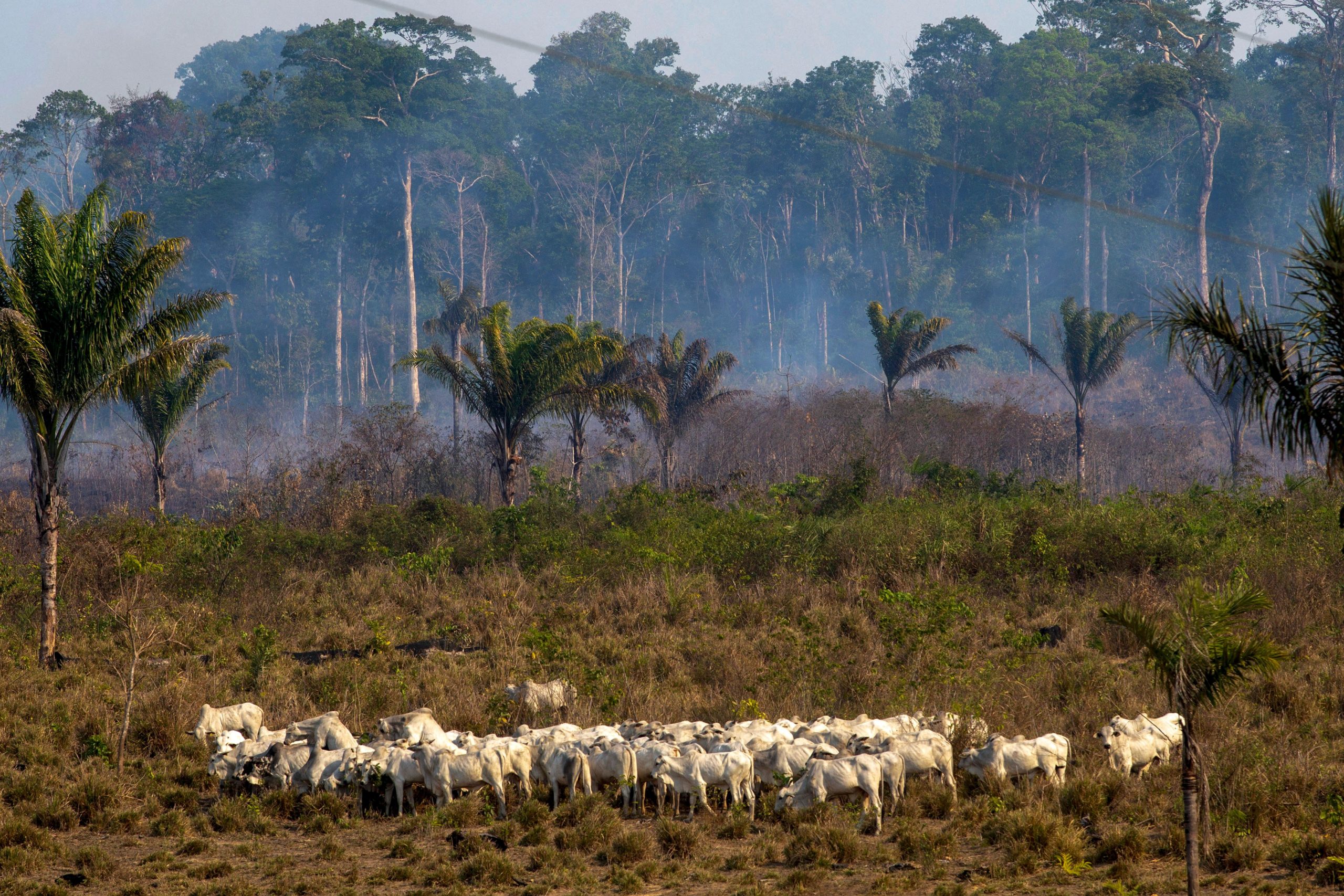Nine years ago, a team of Yale ecologists mapped out the world’s life, a project that showed biodiversity patterns in geographical context; basically, a heat map of animal life. Now, they’ve gone a step further: documenting the likeliest spots for unknown species to still exist, in the hopes that those animals can be documented before they disappear.
The team’s research is published today in the journal Nature Ecology & Evolution. They took over 32,000 species of four different biological classes (amphibians, reptiles, mammals, and birds) to make calculations about the sort of life that probably has yet to be discovered. Their findings suggest that a plethora of life remains uncatalogued on Earth, especially from Southeast Asia and Northwestern South America.
“By using models to identify biological and environmental drivers of recent discoveries, we are able to make quite reliable predictions as to what portion of future discoveries might occur in reasonably large groups of species (say, families of amphibian) and regions (say, Atlantic Forest region of Brazil),” said co-author Walter Jetz, a biologist at Yale University, in an email. “As we ran these models for the whole world and across the major terrestrial vertebrate groups, this does offer an intriguing basis for identifying gaps and opportunities for future discoveries.”
[referenced id=”1668049″ url=”https://gizmodo.com.au/2021/01/ridiculously-tiny-chameleons-discovered-in-madagascar/” thumb=”https://gizmodo.com.au/wp-content/uploads/2021/01/29/za1fixl21a8ai7wh4khm-300×169.jpg” title=”Ridiculously Tiny Chameleons Discovered in Madagascar” excerpt=”Researchers have found a minuscule chameleon in Northern Madagascar, which they believe to be the smallest reptile on the planet. Small body, big attitude — just look at that face.”]
Mapping the “discovery potential” of these animals encourages research teams to look specifically in areas where they’re more likely to come across never-before-recorded animals, the authors said. The mapping product can be seen here.
“We hope to shift the focus from questions like ‘How many undiscovered species exist out there?’ to more applied ones such as ‘Where and what?’” said lead author Mario Moura, a biologist at the University of Paraíba in Brazil, in an email. “It is striking to see the importance of tropical forests as cradles of discoveries, reinforcing the urgent need to protect tropical forests and stop deforestation rates if we want a chance to truly discover our biodiversity.”
Moura said previous estimates for species discoveries just calculated the number of species per year since 1758, the year Carl Linnaeus kicked off binomial nomenclatures. However, this approach doesn’t take into consideration important factors like species habitat or size. (No small wonder that Madagascar’s nano-chameleon evaded documentation until this year).

Nevertheless, quantifying biodiversity in future-focused geographic terms (knowing that it’s more worthwhile to investigate Madagascar than New Zealand, for example) serves as a heuristic for seeking out undiscovered species, more and more of which come to light already critically endangered. Such is the case of the Popa langur, a monkey species in Myanmar — also a biodiversity hotspot by the team’s most recent assessment.
It’s unfortunate that human enterprise has tended to favour industrial gains that mean losses for wildlife. Even in the most remote reaches of the planet, humanity finds a way to make a negative impact.
But that’s exactly why this project exists, the authors said: to get a sense of what’s out there, before no record remains.
“It is a fascinating project, which puts together a multitude of datasets on species distribution and allows us to better know biodiversity patterns on the planet,” Moura said. “We hope to motivate citizen scientists and biodiversity enthusiasts about the importance of species discovery and ignite discussions and agreements from those responsible for decision-making and conservation planning.”
And though the team’s estimates are by no means precise, the idea is that such predictions will advance specific approaches to future field discoveries. In other words, they want to work smarter, not harder, toward finding unknown species that may be in peril.
